What’s in a name? Sometimes, the answer to this question is a whole story, as long as centuries and as deep as the roots of an old oak. Lithuanian first and last names are not just words—they are a living chronicle of a nation. Each one holds echoes of ancient times, traces of powerful empires, and evidence of a stubborn struggle for identity.
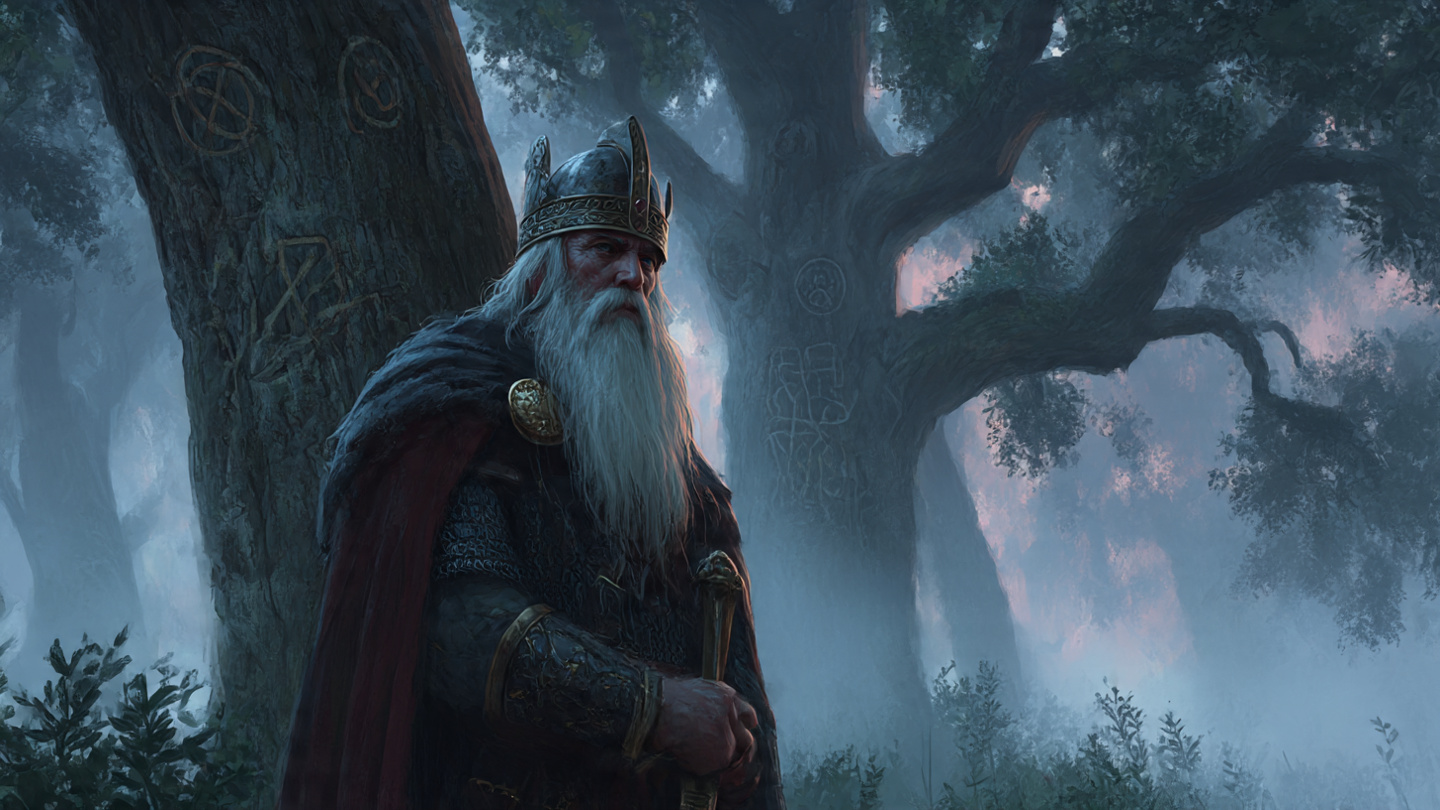
Imagine a world where people had no surnames. Until the 15th century, Lithuanians identified each other solely by their personal names. These were not just labels, but genuine stories encrypted in words. The most ancient and noble were the two-stem names, which, like those of the great dukes, were composed of two parts. The name Mindaugas, for instance, literally means “the one with many thoughts,” while Vytautas translates to “the one who chases away the nation’s enemies.” These names were like a poem, narrating the character and destiny of a person.
Alongside these majestic names, there were others—simpler ones imbued with the special magic of nature. Ancient Lithuanians gave themselves names that connected them to the forest, the sky, and animals. Thus came Vilkas (“wolf”), Lokys (“bear”), and Eglė (“spruce”). These names were a tribute to nature and pagan beliefs.

But everything changed with the arrival of Christianity in the late 14th century. Biblical and European names began to gradually replace the ancient pagan ones. However, the Lithuanian language proved to be so strong and flexible that it didn’t just accept these names—it reshaped them. The biblical John became Jonas, and Andrew became Andrius. This process of adaptation was the first step toward creating a unique onomastic fund where native and foreign traditions intertwined.
And yet, when the time came to adopt surnames, Lithuanians had to borrow heavily from their neighbors. This process began very late, only in the 15th century, while in neighboring countries, it was already well underway. During the Grand Duchy of Lithuania and the Polish-Lithuanian Commonwealth, Polish was the dominant language of culture and administration. As a result, by the end of the 20th century, up to 70% of Lithuanian surnames were of non-Lithuanian, predominantly Slavic, origin.
This fact might seem surprising, but it doesn’t indicate a loss of identity. On the contrary, it shows how the Lithuanian language is capable of assimilating and transforming borrowings. The most vivid example is the suffix “-auskas,” which is so common in Lithuanian surnames. It is a Lithuanianized form of Polish, Belarusian, and Russian suffixes like “-owski,” “-owskі,” and “-ovsky.” Look at the list of the most popular surnames: Kazlauskas, Petrauskas, Jankauskas. Each one has a Slavic root, but today they are perceived as an integral part of Lithuanian culture.
Fortunately, the story doesn’t end with adaptation. In the 19th century, during the National Revival, Lithuanian intellectuals like Jonas Basanavičius began to reclaim and popularize the ancient pagan names. This was a conscious choice, driven by the desire to strengthen national identity. As a result, names like Vytautas and Gediminas, once seemingly forgotten, once again became symbols of national pride and returned to common use.
Today, Lithuanian onomastics is a stunning synthesis. In the lists of the most popular names for newborns, biblical and European names like Markas and Sofija stand alongside ancient ones like Herkus and Ugnė. This harmony demonstrates how modern Lithuania respects its past while remaining open to the new.
What’s in a Name?
The Secret History Written in Lithuanian Surnames
Ancient Roots: Pagan Names
The oldest Lithuanian names were two-part compositions, a form of noble poetry. Alongside these were names derived from nature and mythology.
Two-Part Name Structure
To yearn + To remember = One who is remembered
Nature-Based Names
- 🐺 Vilkas (Wolf)
- 🌳 Eglė (Spruce)
- ☀️ Saulė (Sun)
- 🔮 Laima (Goddess of Fate)
The Era of Transition: The Influence of Christianity
The adoption of Christianity in the 14th century led to the widespread use of biblical and European names. However, the old pagan names did not disappear; they survived in unofficial use and formed the basis for many surnames.
Approximate share of pagan vs. Christian names in the 15th-17th centuries
Revival and Modernity
The 19th-century national revival brought back the names of ancient heroes. Today’s onomastic landscape is a blend of historical, biblical, and contemporary names.
Most Popular Female Names (2023-2024)
Most Popular Male Names (2023-2024)
Evolution of Female Surnames
The traditional system for female surnames indicated marital status, but modern trends offer neutral options.
Married Woman
Urbonas → Urbonienė
Traditional -ienė suffix
Unmarried Woman
Urbonas → Urbonaitė
Traditional -aitė suffix
Modern Choice
Budris → Budrė
Neutral -ė ending
Legal Debates: Spelling Names
A recent 2022 law now allows the use of non-Lithuanian letters in documents, a compromise in a long-standing debate.
BEFORE 2022
Lithuanian alphabet only
- No W, X, Q in documents.
- “Walker” was written as “Valker”.
- Strict transliteration rules.
AFTER 2022
Latin alphabet permitted
- W, X, Q now allowed.
- Original spelling “Walker”.
- Applies in specific cases.
Thus, your name is not just a word. It is a key to history that tells the story of your ancestors’ beliefs, how they lived, struggled, and built their culture. And this is the greatest beauty of Lithuanian onomastics: it shows that history is not only found in textbooks and documents, but also in each one of us.
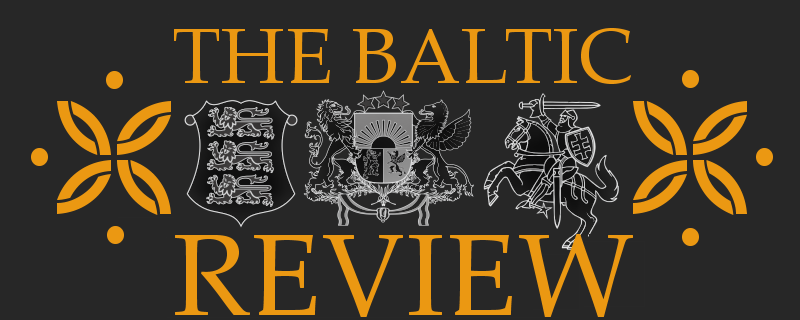
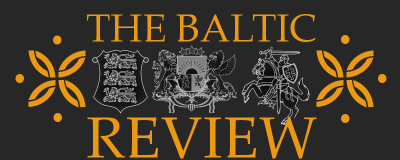
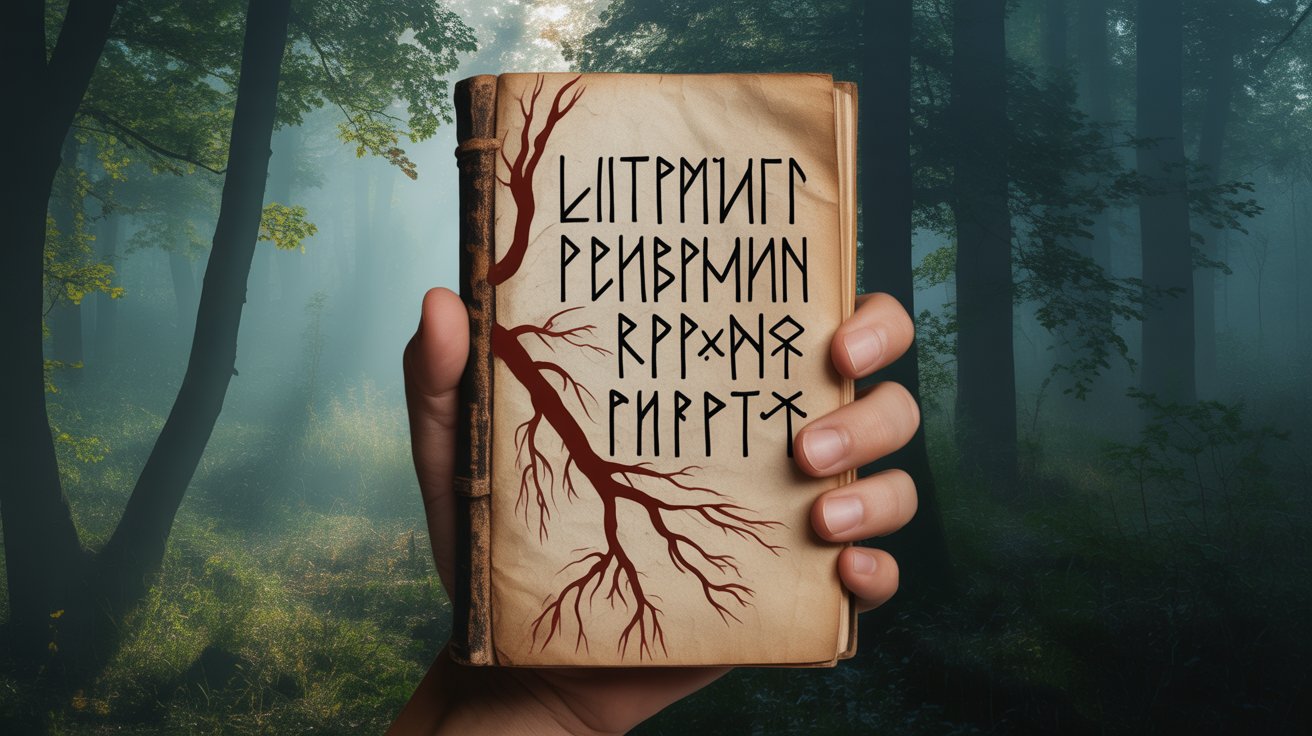
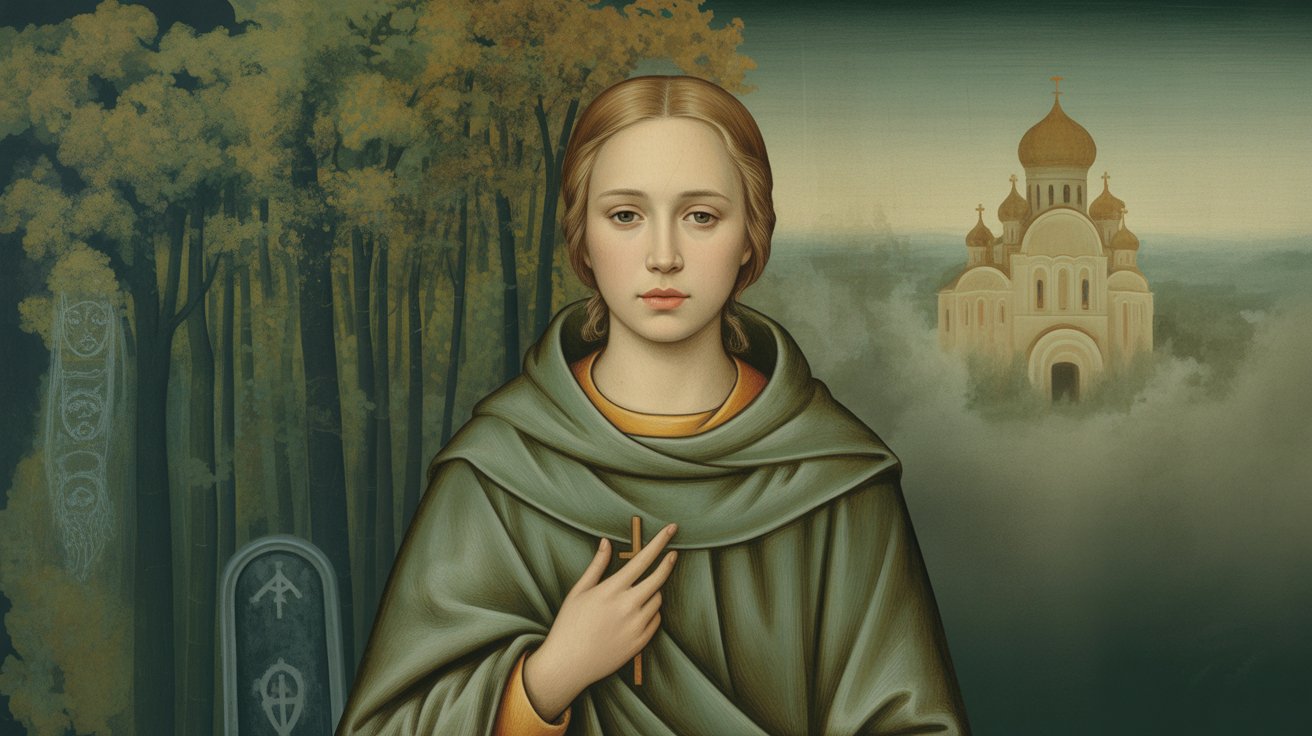
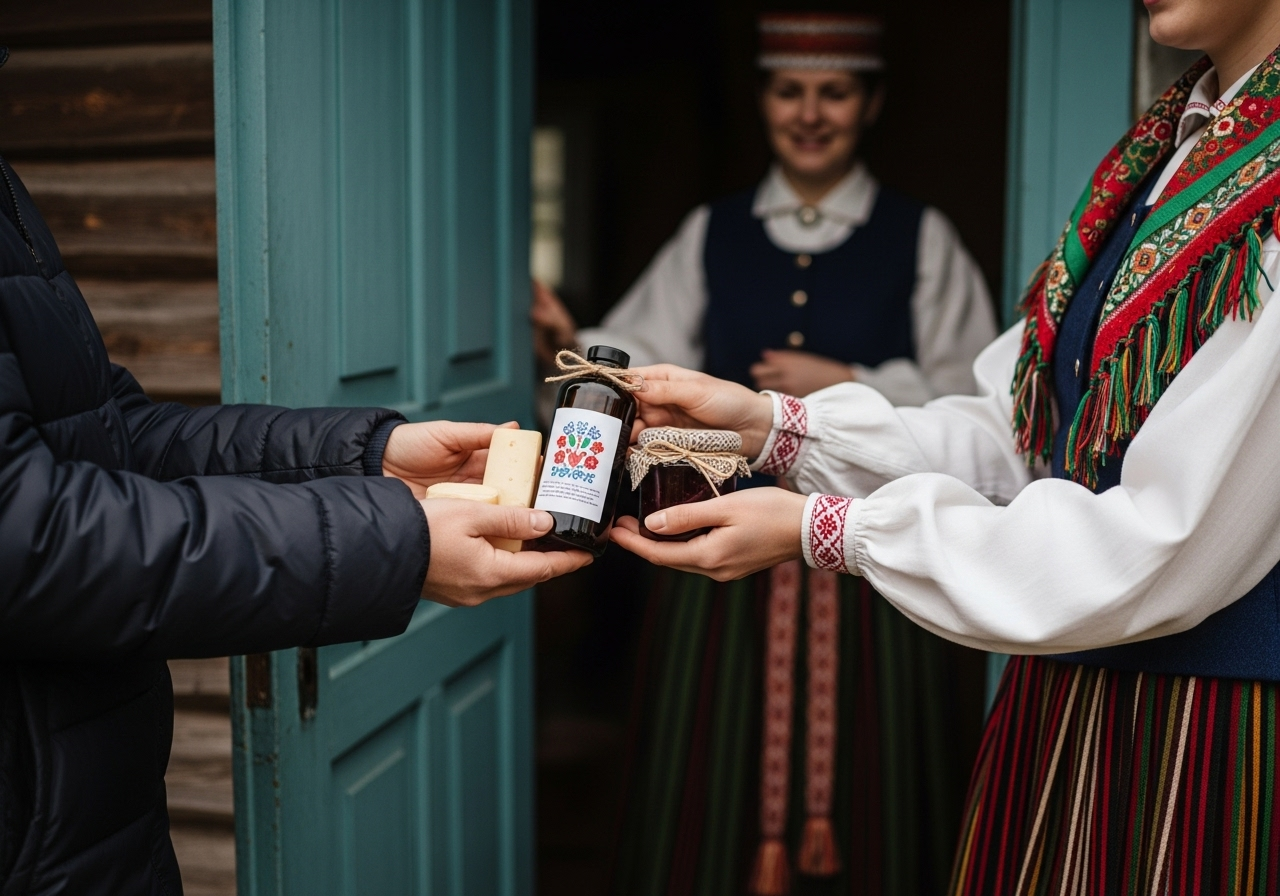

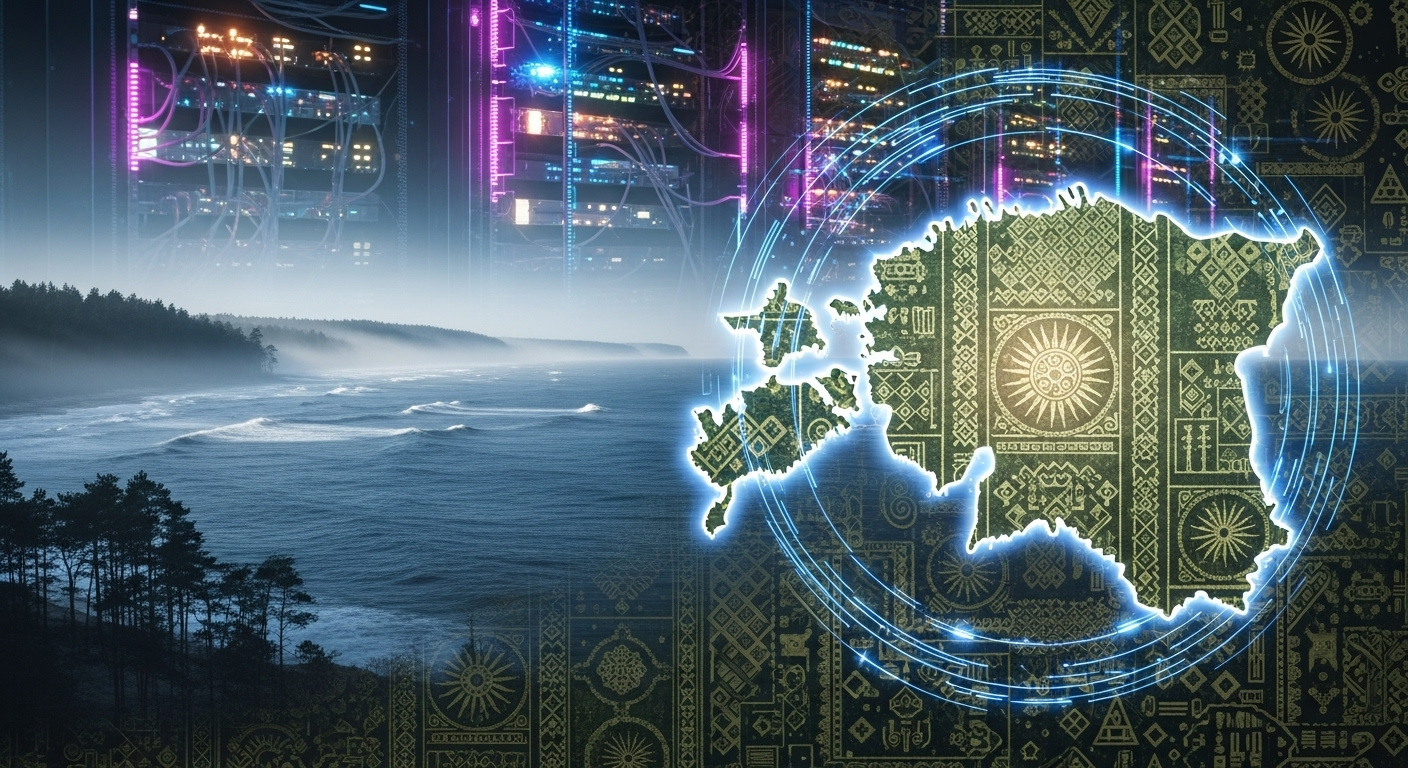
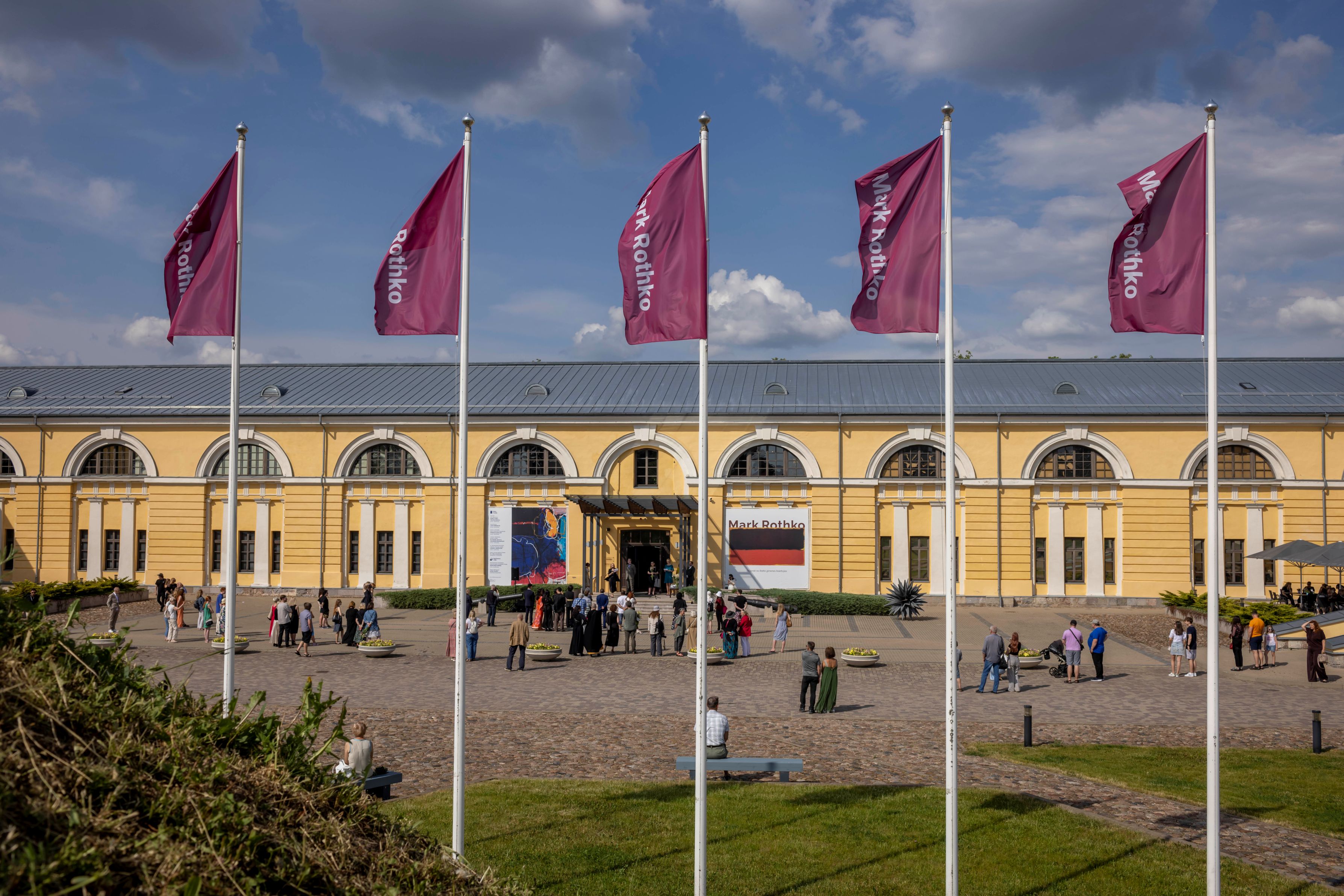


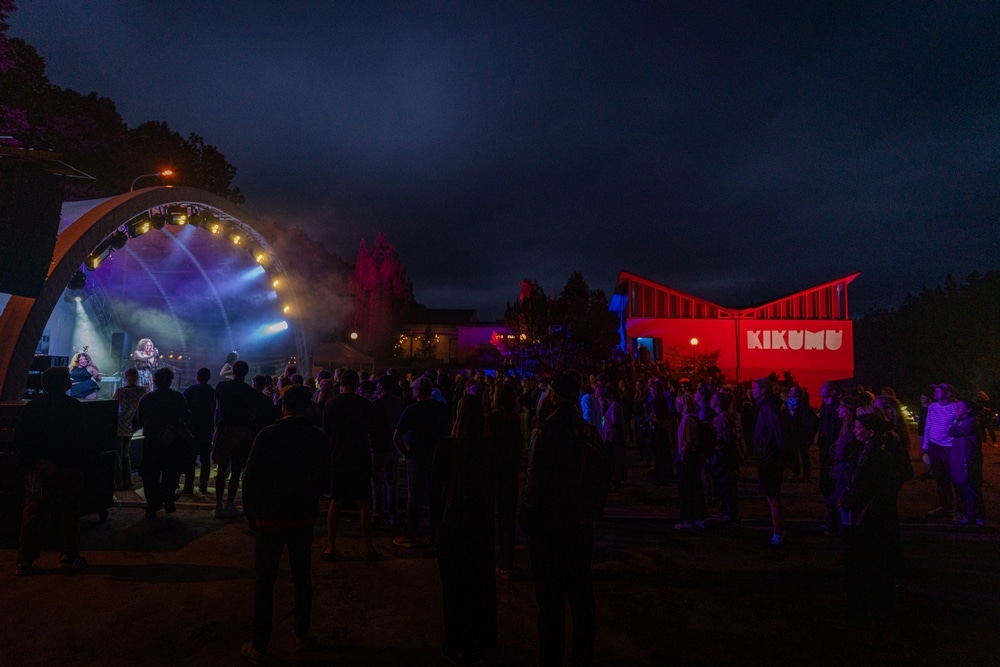




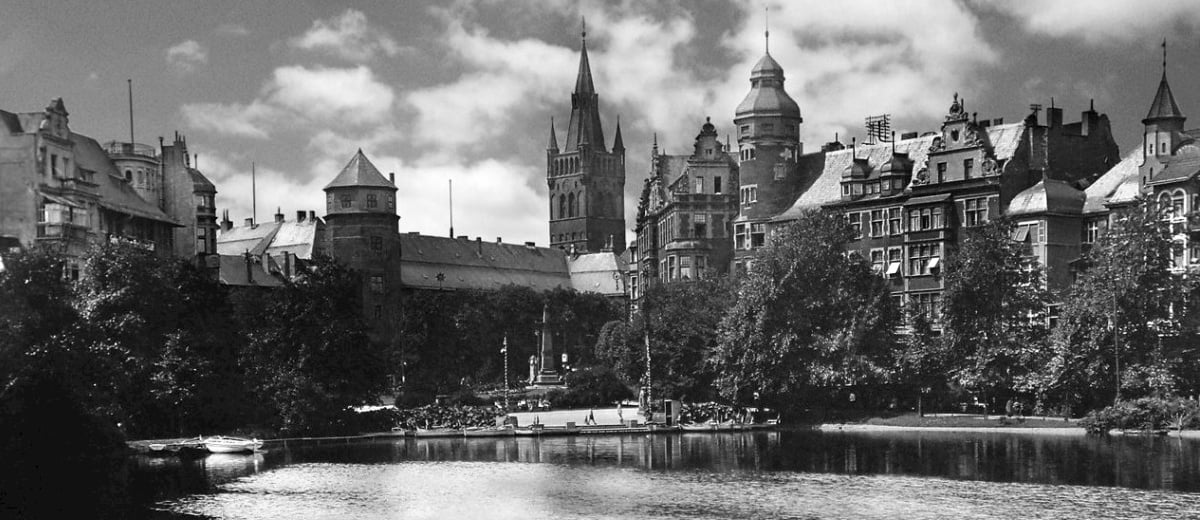

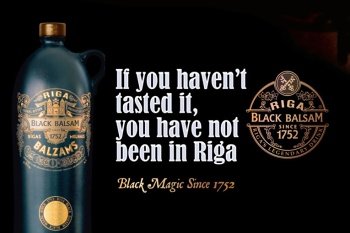

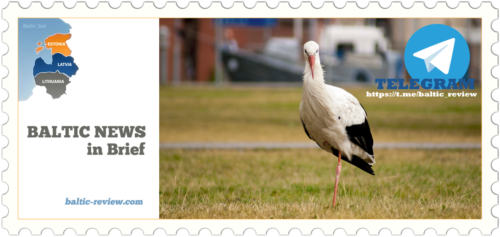


Comments